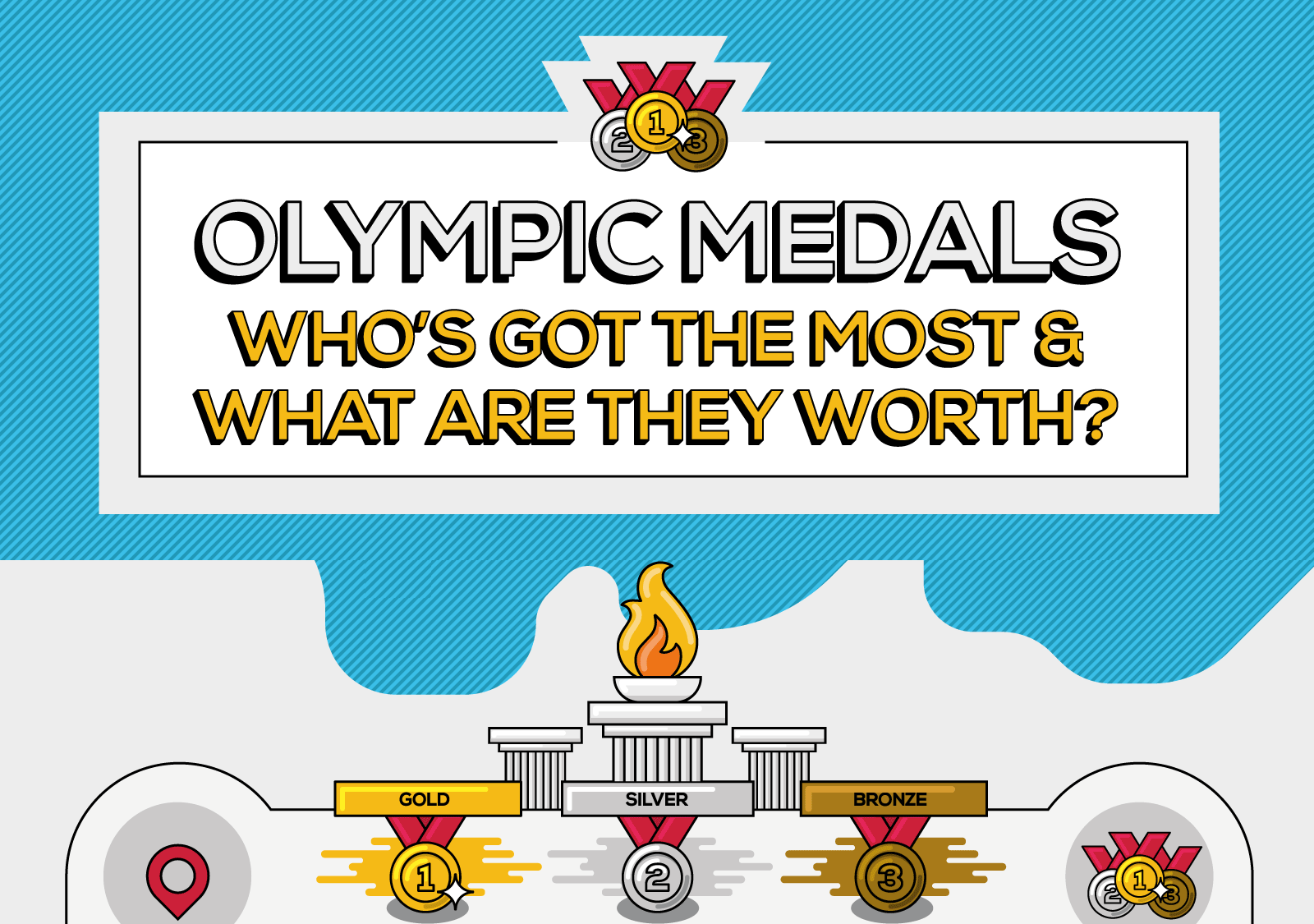Olympic Medals: The Real Gold, Silver & Bronze Medal Count

Summer Olympics gold, silver and bronze facts 2024:
-
No Bronze medals were awarded at the Athens games in 1896;
-
USA has the most gold, silver and bronze medals with a total of 2,637 medals;
-
Great Britain has the third most gold medals with 286 behind USA and USSR;
-
China has the highest proportion of gold medals with 42%, amoungst countries with 20 or more medals;
-
Kosovo with only 3 gold medals has the highest percentage of gold medals of all countries with 100%;
-
15 countries have only ever won silver medals, Namibia's 5 medals have all been silver;
-
11 countries have only ever won bronze, Kuwait leads this pack 3 in total;
-
Germany (if you combine all their country iterations) with 1,384 medals would have the second most medals behind USA.
